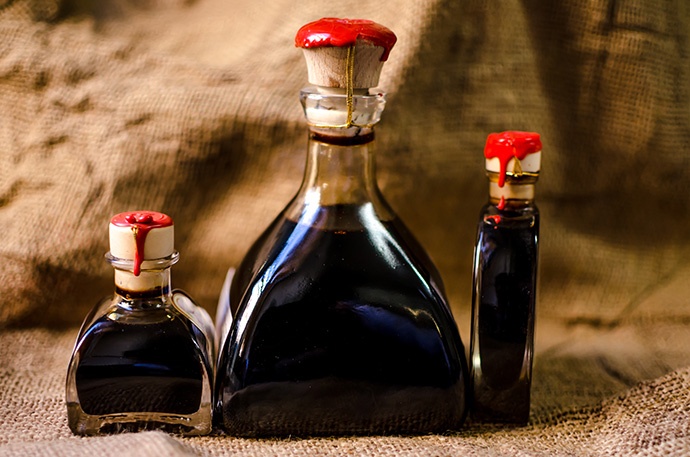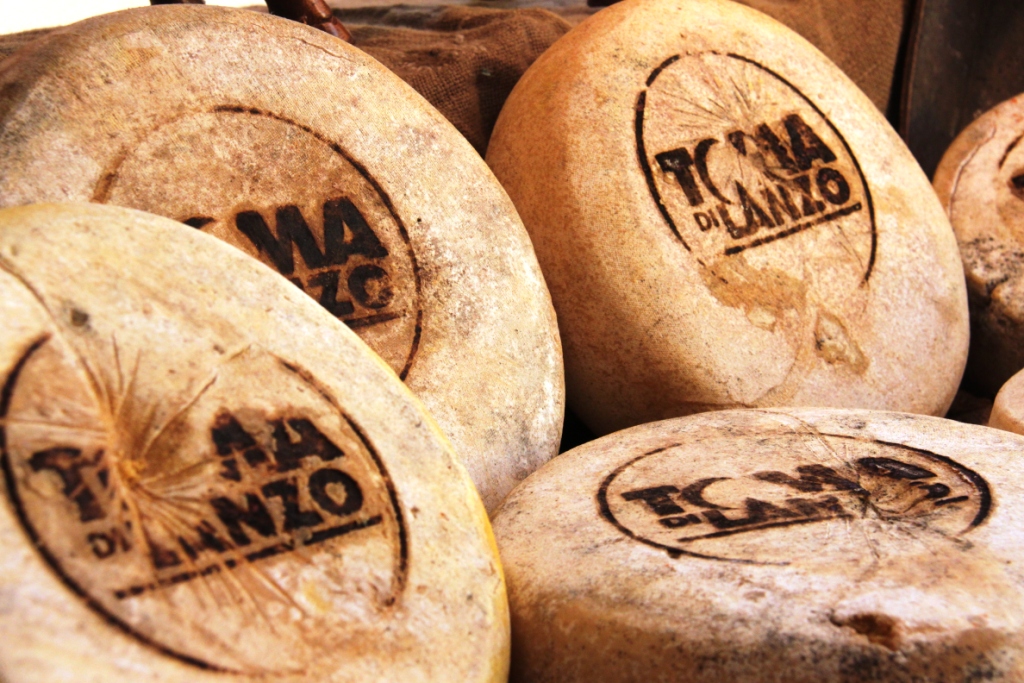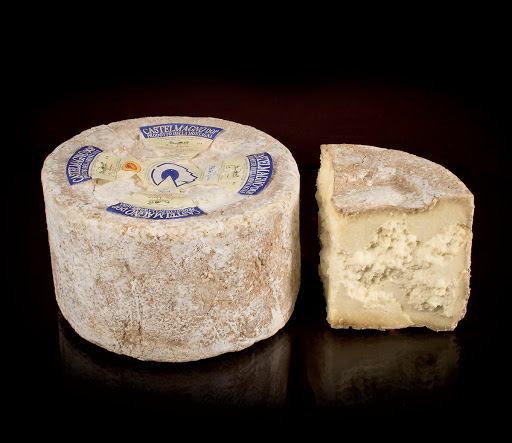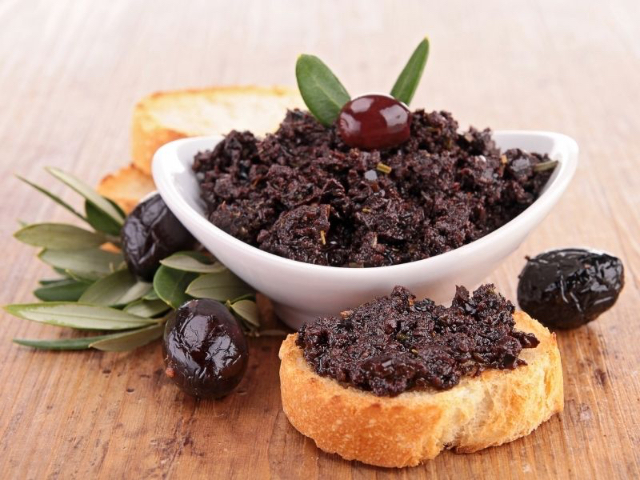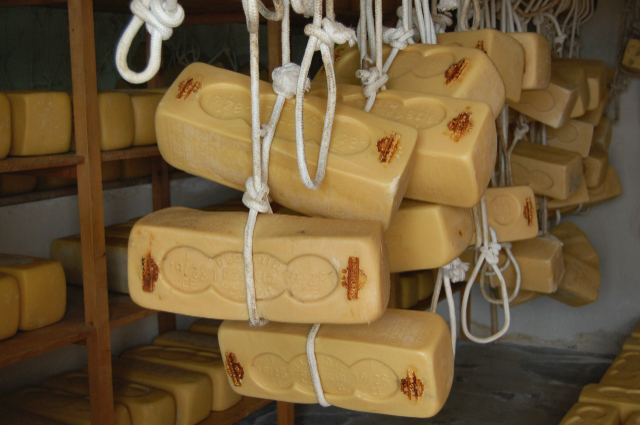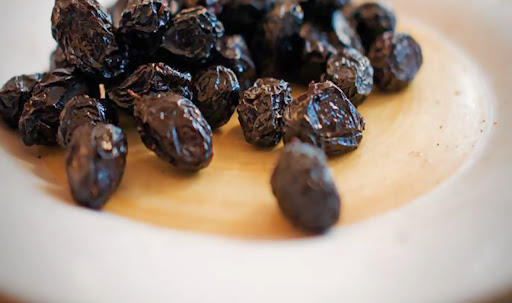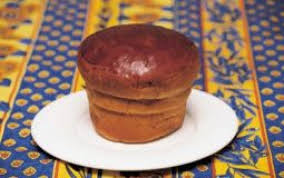Tradition has it that a vinegar, the ancestor of today’s traditional balsamic, was produced in the province of Modena and Reggio Emilia since the Middle Ages, which was highly prized among the nobility and had among its admirers even the d’Este family. Early vinegar producers were also obliged to jealously guard the recipe for the prized condiment, so valuable was it considered.
According to chronicles dating back to the early 1000s, the German emperor Henry II, who came down to Italy on his way to Rome, on passing in the vicinity of the present production areas asked that they pay homage to him with the vinegar produced there, which was considered "most perfect." It was not yet called balsamic, but evidently it was already highly appreciated. Traditional Balsamic Vinegar of Modena, like that of Reggio Emilia, is the result of acetic fermentation of cooked must. It then undergoes a long aging that lasts for at least 12 years in barrels of different sizes and of different woods. Tradizionale di Modena, if aged for more than 25 years is called "Extra Vecchio." The aging barrels are reduced at each step as the maturation progresses. The types of wood used are oak, chestnut, mulberry, cherry, ash and juniper, each of which transfers particular aromas to the condiment. The vinegar’s aroma and flavor intensify with the passage of time: delicate in youth, it becomes complex and persistent after long maturation.
The Traditional Balsamic Vinegar of Reggio Emilia can be recognized by the identification mark that classifies the product according to its characteristics: the Aragosta stamp denotes that of good quality, the Silver stamp that of excellent quality, and the Gold stamp that of outstanding quality. The designation of the quality level of the vinegar, and thus the awarding of the color of the stamp, is the responsibility of a committee composed of tasters registered in a register at the Chamber of Commerce.
Balsamic vinegar has a dark color and dense consistency; its nose is penetrating and persistent, and in the mouth it is intense, sweet and sour at the same time. It is packaged in glass bottles with the typical inverted tulip shape. (corrieredellasera)
